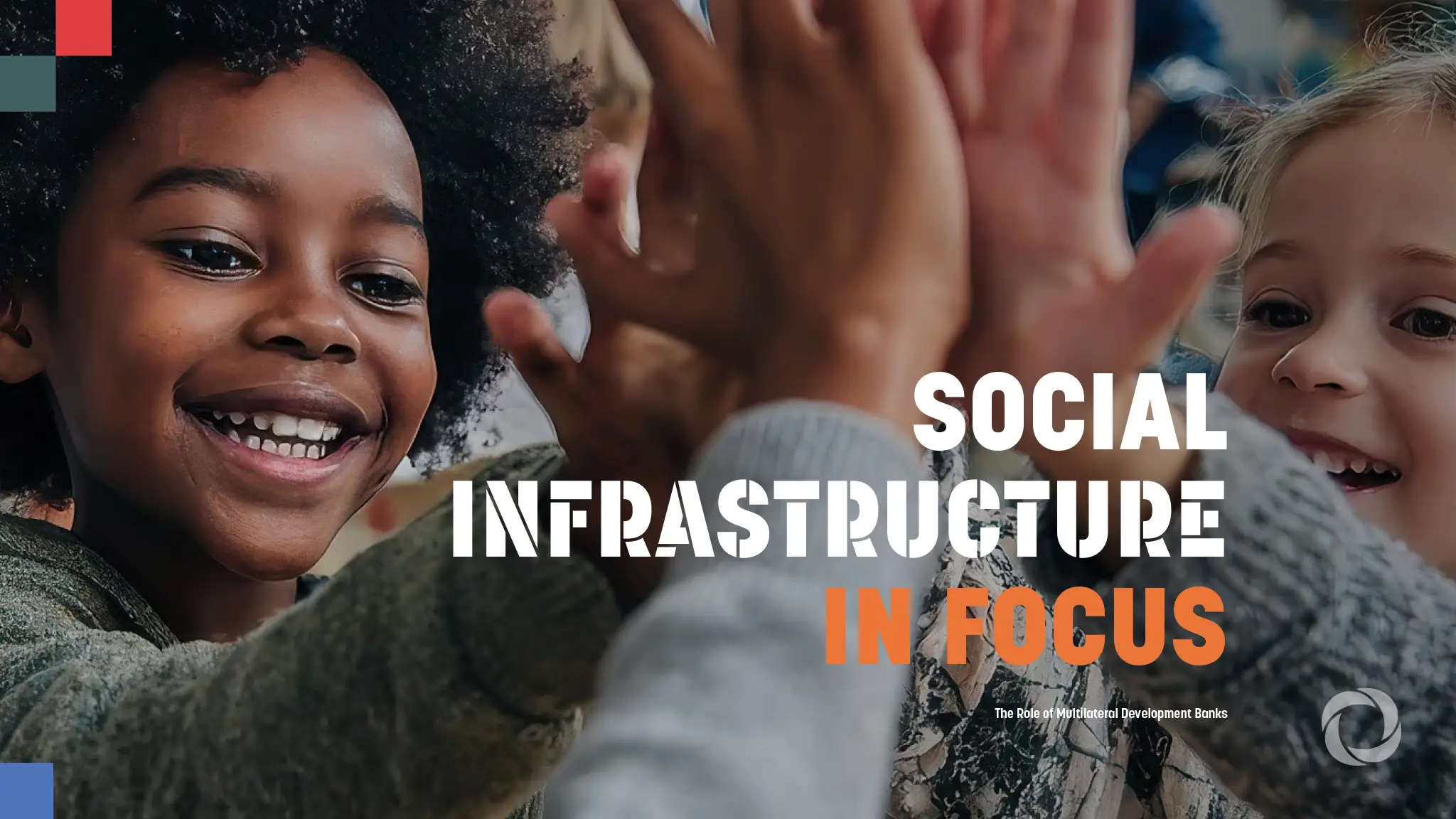Ten multilateral development banks released a joint report highlighting their role in social infrastructure investment, showing how hospitals, schools, housing, and water systems drive stronger societies and inclusive growth, officials announced. “Social Infrastructure in Focus: The Role of Multilateral Development Banks” demonstrates that about 22% of MDB financing commitments targeted core social sectors between 2019-2023.
The report makes the case for boosting investment in physical and digital infrastructure that underpins social sectors. Each MDB contributes differently based on its mandate, but all work to advance social infrastructure investment that creates jobs and supports sustainable development. The publication comes as countries face massive financing gaps to meet global development goals.
Social infrastructure matters for people’s welfare and building resilient societies, whether supporting educational needs of growing young populations or providing quality care in aging societies. Several Sustainable Development Goals depend on investing in social sectors, including targets for good health, quality education, sustainable cities, and reducing poverty and inequality. The financing gap to achieve SDGs for education, health, and water and sanitation alone stands at $800 billion annually to 2030 – a gap that governments cannot bridge alone. Other goals like providing decent jobs also rely on having effective social infrastructure in place.
One major challenge is attracting private investment to social infrastructure projects. Social infrastructure accounted for just 5% of overall private capital mobilized for infrastructure in low and middle-income countries in 2023, with the rest going to economic infrastructure like transport and energy. MDBs are addressing this by forging public-private partnerships and setting frameworks and incentives for more private sector risk-taking. They’re working not just to build hard infrastructure but also to engage private companies in service provision where appropriate.
The banks are collaborating more closely to strengthen their support through co-financing and using various financial instruments including social bonds. MDBs are finding ways to make social infrastructure more attractive to private investors who traditionally prefer projects with clearer revenue streams. The report shows how these institutions play a catalytic role in delivering better outcomes on social investment by reducing risks and providing guarantees that encourage private sector participation.
The joint publication underscores the systemic importance of social infrastructure investment for jobs and growth while making the case for strengthening it further. As the report notes, achieving sustainable development depends heavily on having hospitals, schools, housing, and basic services that work for everyone. MDBs continue adapting their approaches to bridge the enormous financing gaps while ensuring social infrastructure reaches the communities that need it most.

